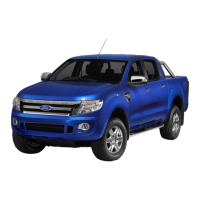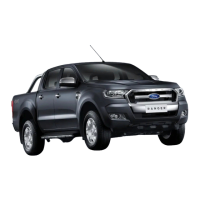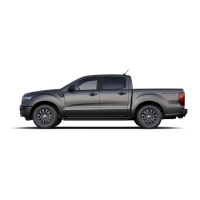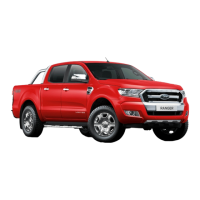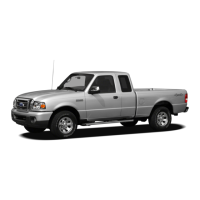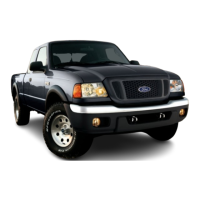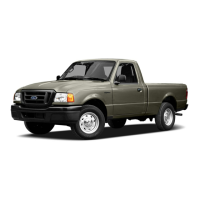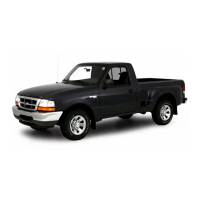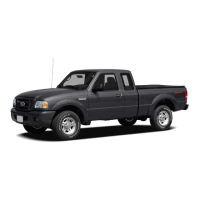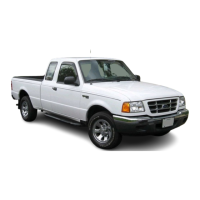What to do if my Ford ranger 2013 says 'PLEASE CHECK CD'?
- LLarry KempAug 8, 2025
If your Ford Automobile displays 'PLEASE CHECK CD', make sure the disc is loaded correctly. Try cleaning the disc and reinserting it, or test with another music CD that you know works. If the error continues, it is recommended to contact your dealer.


